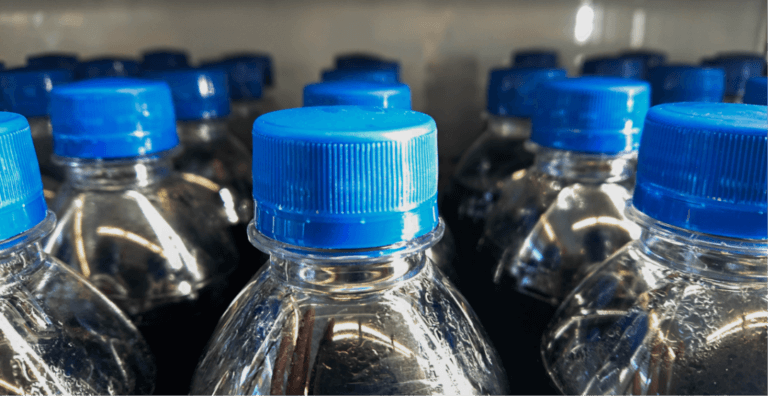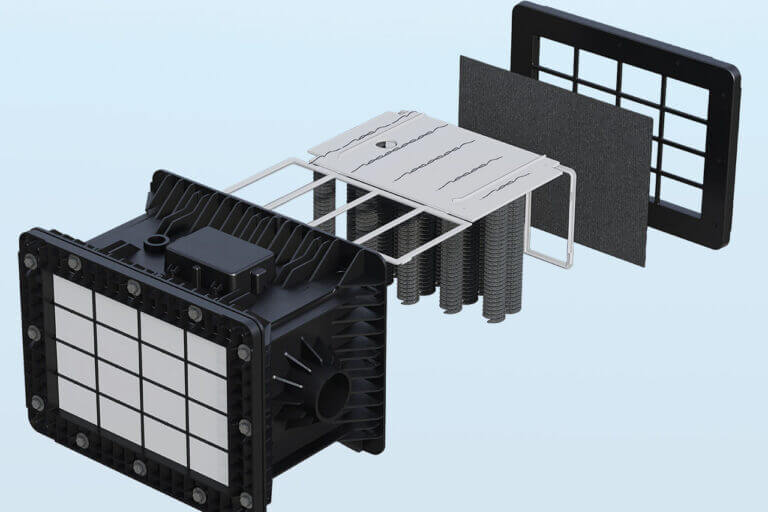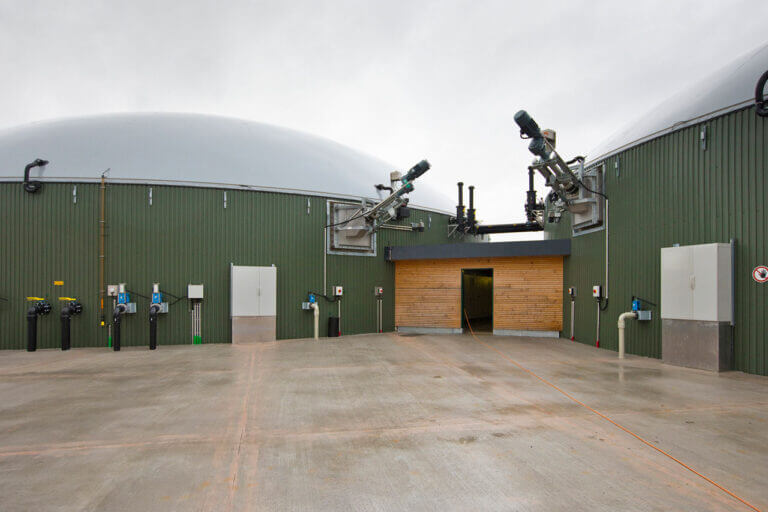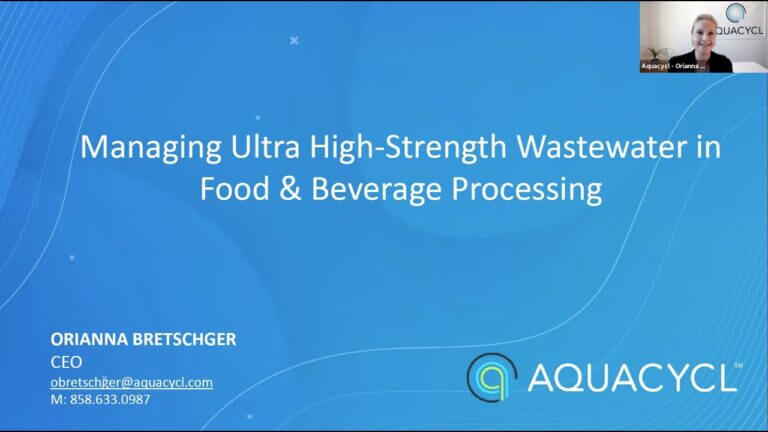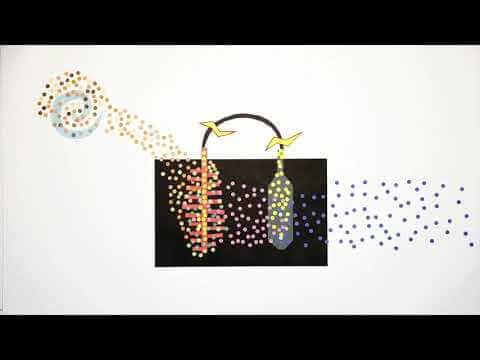Water is among the most important natural resources for human and ecosystem health. However, human activities increasingly threaten freshwater availability and quality across the globe, with over 800 million people lacking clean water and roughly 2 billion lacking adequate water sanitation.
Water basins play a key ecological and economic role in water security. A water basin is an area of land where water collects, it consists of the surface water and underground water in a given area. Depending on the size of the total water basin, they may consist of multiple drainage outflows, including precipitation, streams, rivers, wetlands, and outflows from human activity.
Healthy basins rely on a combination of precipitation, groundwater infiltration replenishment of aquifers, and surface level storage to ensure they do not get depleted while supporting water security and healthy biodiversity within the basin.
Human activity, particularly agriculture, industrial production and land use changes, negatively affects water basins in a variety of ways. These include conversion of porous land into impervious surface area through paving, reduction of vegetation, and destruction of wetlands as well as freshwater diversion for agricultural and industrial activity without corresponding outflows to replenish the watershed.
Furthermore, pollution from industrial outflows reduces water quality and correspondingly, reduces freshwater availability for the nearby ecosystem and human populations while increasing the energy requirements for wastewater treatment and total greenhouse gas emissions.
Collective action through collaboration between companies and stakeholders within individual water basins holds potential for protecting and restoring healthy watersheds, contributing to long term biodiversity and water security.
In this article, we explore the challenges and potential solutions for improving basin level outcomes, including restoration of natural systems and the use of innovative technologies.
The challenges for protecting water basins
Efforts to protect and restore water basins can quickly become much more complicated than simpler metrics for a company such as water conservation and waste reduction. This is why many companies avoid the issue. Here’s some challenges companies face:
Traditional water conservation metrics do not always translate to basin improvements
One of the major focuses for industry has been the reduction of onsite water usage in manufacturing processes. This is the easiest water action to address, as it is within the company’s direct operational control and has bottom line business benefit. It translates into cost savings, as well as increasing freshwater availability and reducing environmental impact. However, water reduction alone often fails to account for the numerous factors required for a healthy basin.
Additionally, water use can only be reduced to a certain level before it becomes prohibitively costly to further reduce consumption. To put it simply, while reduction in water usage is necessary (and has been good business practice for 20+ years), without replenishing the basin, water usage reduction may not sufficiently protect nor improve the nearby watershed.
We may be solving for the wrong problem by solely focusing on quantity metrics.
Tradeoffs between energy consumption and water usage can place SDGs at odds with one another
Good-faith efforts to reduce something like energy usage can create problems elsewhere in an ecosystem. One example of the energy-water tradeoff is discharge water quality. As requirements for higher-quality water increase, the treatment technologies are more energy intensive and may require an increase in GHG emissions.
Another example is using clean water to dilute highly concentrated wastewater prior to treatment. As companies have made efficiency gains, an unintended consequence is that traditional onsite wastewater treatment systems are challenged by these high concentrations of Biochemical Oxygen Demand (BOD). They require consistent feedstock composition for optimum biogas production, and companies have the tradeoff of improved water quality and energy production but at the cost of increasing clean water use.
Recirculation of water within cooling systems, use of recycled non-potable water, sending water for secondary use in nearby agriculture, and re-investing in watershed restoration are among the coordinated approach actions needed to ensure that water conservation results in positive basin level outcomes.
Release of polluted water into the basin harms short and long-term outcomes
Wastewater is a byproduct of production (rather than a core part of the operations), and companies can prioritize production at the expense of end of pipe discharge. When this happens, these untreated wastewater streams lead to significant downstream negative effects in the basin affecting communities, other water users and the surrounding ecosystem.
Lack of collaboration between stakeholders stymies basin level efforts
The challenge with water conservation is that no single company acts alone within a basin, and if other actors within the basin do not take similar efforts, the overall basin health may not be significantly affected.
The siloed nature of several companies operating in the same water basin makes collaboration difficult. Rather than looking for a comprehensive solution that benefits the basin as a whole, companies often find themselves operating with different goals, different budgets, and sometimes a lack of basin related knowledge on their teams. Partnering with other organizations comes with increased complexities and even competing priorities. Coordinated efforts are required to conserve total water usage, restore vegetation and porous surfaces, as well as repurpose wastewater effectively.
The Charco Bendito model for basin level outcomes
One of the biggest success stories in addressing basin level shared water challenges is the Charco Bendito project orchestrated by the Beverage Industry Environmental Roundtable (BIER). This coordinated effort includes companies across multiple industries, including ABInBev, Bacardi, Beam Suntory, Brown-Forman, Diageo, Keurig Dr Pepper, Pernod Ricard, Grupo Bimbo and Mars.
The basin encompasses five states in Mexico and is crucial for the socio-economic development of the country. Furthermore, at least nine BIER member companies have operations within the watershed and rely on it for sourcing agricultural inputs and other raw materials. Recognizing the basin’s importance and its connection to their operations, BIER has focused its efforts on this region to ensure sustainable water management and safeguard the ecological and social well-being of the area.
The ongoing effort is hailed as a template for how large companies, even competitors, can align for environmental goals. Many levels of governments and community organizations were involved as well, making it a true collaboration between private and public sectors. Some key elements of Charco Bendito included:
Watershed Conservation
This involves activities such as reforestation, erosion control measures, and the restoration of damaged ecosystems. One of the key focuses of the project is the sustainable management of water resources in the watershed. This includes implementing strategies to improve water quality, reduce pollution, and ensure an adequate water supply for both human and ecological needs.
Community Engagement
The project recognizes the importance of involving local communities in conservation efforts. It aims to raise awareness about the value of the watershed and encourages community participation in decision-making processes. Charco Bendito has reached huge audiences using modern media such as podcasts, streaming, and social media, as well as on the ground education at schools, universities, and local government meetings and updates.
Biodiversity Protection
The Charco Bendito watershed is home to a diverse range of plant and animal species. The project seeks to protect and restore biodiversity by creating habitat corridors, implementing wildlife conservation measures, and conducting scientific research to better understand and monitor the region’s ecological health.
Sustainable Development
The project acknowledges the need to balance conservation with the socioeconomic development of the local communities. It promotes sustainable practices such as eco-tourism, agroforestry, and alternative livelihood opportunities that support both environmental conservation and community well-being.
The project is estimated to provide water access to over 1,000 people by 2028 and increase water infiltration by more than 4 million cubic liters.
The role of technology in increasing basin level outcomes
Alongside stakeholder collaboration, technological solutions play a role when it comes to maximizing the circularity of water, improving water quality and securing long term, safe water sources for local populations.
Effective wastewater treatment is necessary for water reuse within a local circular economy. Onsite water treatment poses a unique opportunity to leverage new technologies that both reduce greenhouse gas emissions and allow local water reuse and improve both water quality and quantity.
For example, the Aspen Distillers in Colorado uses Aquacycl’s BioElectrochemical Treatment Technology (BETT®) to treat high BOD wastewater streams in their facility, helping solve water challenges within the Colorado River Basin. Aspen Distillers uses BETT for onsite wastewater treatment to irrigation quality to irrigate crops on the adjacent land. This helps support and improve the water basin by reducing the demand of freshwater from the basin, preventing depletion from over extraction of water, and the nutrients within the wastewater will reduce the need for chemicals and synthetic fertilizers which contaminate the water basin.
Aquacycl’s unique BETT system allows effective onsite handling of high BOD wastewater, which is among the most difficult and energy intensive wastewater streams to treat. The technology treats these streams in a small footprint, and with 90% lower greenhouse gas emissions than alternative technologies while allowing onsite reuse of the water and/or basin replenishment.
Contact us today to see how Aquacycl can help make an impact in your basin level water projects.





